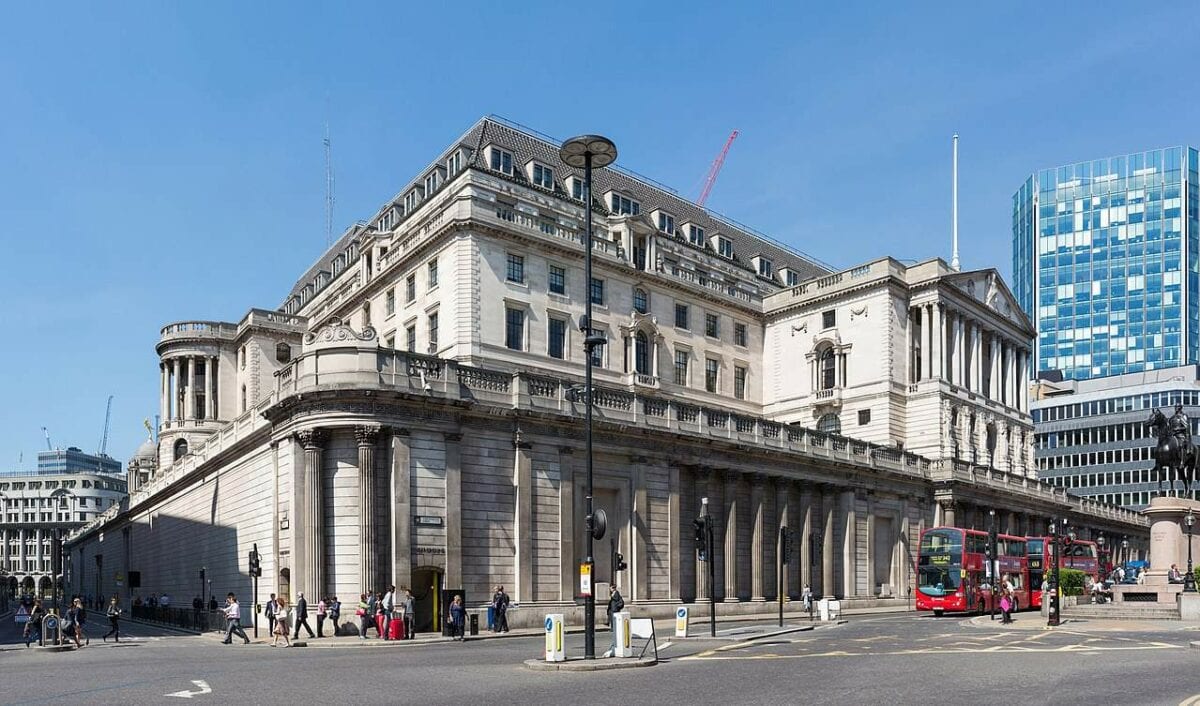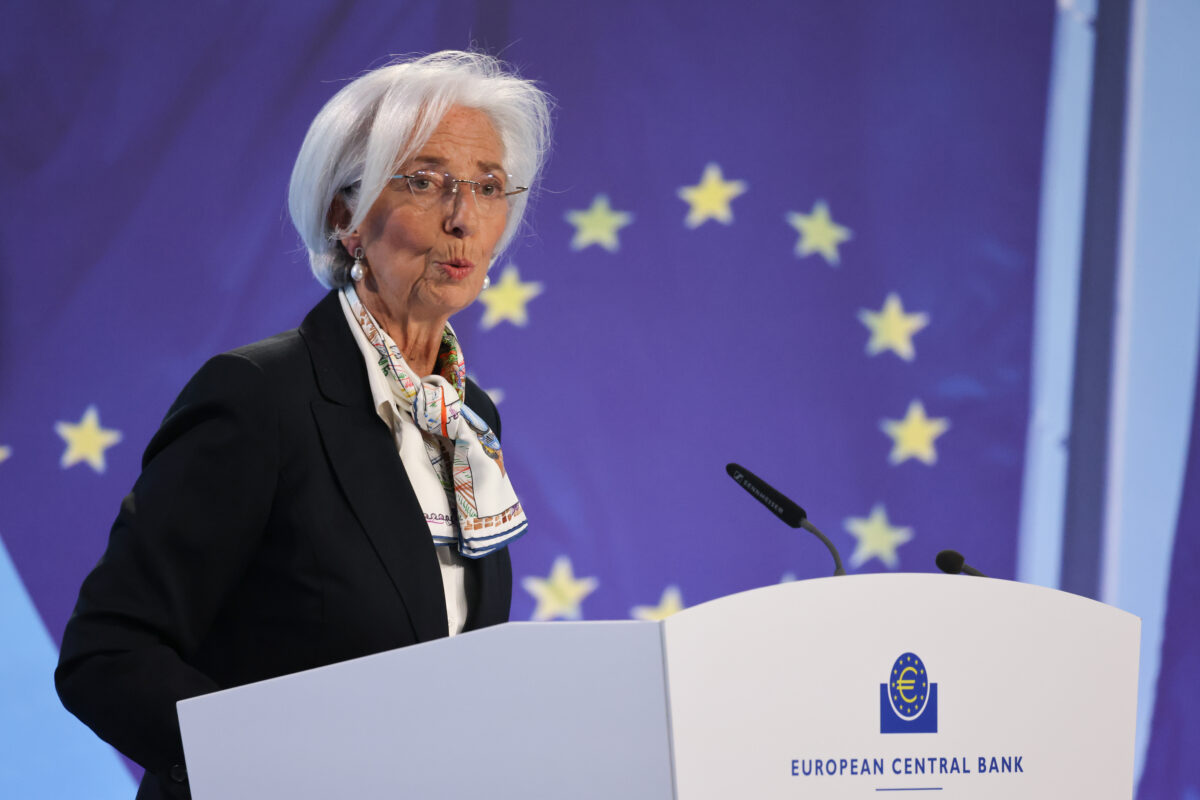Die Bank of England hat soeben mitgeteilt, dass sie den Leitzins einstimmig mit 9:0 Stimmen unverändert bei 0,1 Prozent belässt. Die Anleihekaufprogramme laufen wie bereits bekannt weiter. Die aktuelle Geldpolitik halte man für angemessen, so die Notenbank. Man werde die Geldpolitik nicht restriktiver gestalten, bevor es nicht deutliche Fortschritte bei der Inflation gebe. Das britische Pfund reagiert in den ersten Augenblicken nach der Entscheidung gegenüber dem US-Dollar mit -14 Pips, also kaum verändert.
Hier der Erläuterungstext der Bank of England im Wortlaut:
The MPC’s central projections in the February Monetary Policy Report assumed that Covid-related restrictions and people’s health concerns would weigh on activity in the near term, but that the vaccination programme would lead to those easing, such that UK GDP was projected to recover strongly over 2021 towards pre-Covid levels. At the time of the Report, a further increase in unemployment had been projected over the next couple of quarters. CPI inflation was expected to return towards the 2% target in the spring and, conditioned on the market path for interest rates, it was projected to be close to 2% over the second and third years of the forecast period.
Since the time of that forecast, developments in global GDP growth have been a little stronger than anticipated, and the substantial new US fiscal stimulus package should provide significant additional support to the outlook. In part reflecting this and alongside positive news on some vaccination programmes, advanced economy longer-term government bond yields have risen rapidly to levels similar to those seen shortly before the pandemic. For the most part this has reflected higher real yields. Risky asset prices have remained resilient. In the United Kingdom, the sterling effective exchange rate has appreciated and mortgage credit conditions have eased a little. An aggregate measure of UK financial conditions has been broadly unchanged since the February Report.
The rates of Covid infections and hospitalisations have fallen markedly across the United Kingdom and the vaccination programme is proceeding at a rapid pace. Plans for the easing of restrictions on activity have been announced and envisage that restrictions could be lifted somewhat more rapidly than was assumed in the February Report. Budget 2021, published in March, contained a number of significant new policy announcements, including the extension of the Coronavirus Job Retention Scheme and other measures to support the economy in the near term which had not been reflected in the February Report.
UK GDP fell by 2.9% in January. This was less weak than expected, due mainly to developments in public sector output, but still leaves GDP around 10% below its 2019 Q4 level. The news in recent plans for the easing of restrictions on activity may be consistent with a slightly stronger outlook for consumption growth in 2021 Q2 than was anticipated in the February Report, although it is less clear that this represents news to the MPC’s medium-term forecast.
The LFS unemployment rate rose to 5.1% in the three months to December, but it is likely that labour market slack has remained higher than implied by this measure. The extension of the Government’s employment support schemes is likely to mean that the near-term rise in the LFS unemployment rate will be more moderate than suggested by the MPC’s February Report projections, which had been constructed on the basis of existing government policy at that time.
Twelve-month CPI inflation rose slightly to 0.7% in January. The weakness of recent outturns has largely reflected the direct and indirect effects of Covid on the economy, in particular the decline in oil prices seen in early 2020. As has been the case in recent MPC projections, CPI inflation is expected to return swiftly to around the 2% target in the spring, as the effects of those earlier falls in oil prices drop out of the annual comparison, and reflecting more recent increases in energy prices. These developments should have few direct implications for inflation over the medium term, however. Inflation expectations remain well anchored.
There is judged to be a material degree of spare capacity at present. The outlook for the economy, and particularly the relative movement in demand and supply during the recovery from the pandemic, remains unusually uncertain. It continues to depend on the evolution of the pandemic, measures taken to protect public health, and how households, businesses and financial markets respond to these developments.
The MPC will continue to monitor the situation closely. If the outlook for inflation weakens, the Committee stands ready to take whatever additional action is necessary to achieve its remit. The Committee does not intend to tighten monetary policy at least until there is clear evidence that significant progress is being made in eliminating spare capacity and achieving the 2% inflation target sustainably.
At this meeting, the Committee judged that the existing stance of monetary policy remains appropriate.

Die Zentrale der Bank of England in London. Foto: Diliff / Wikipedia (CC BY-SA 3.0)
Kommentare lesen und schreiben, hier klicken












